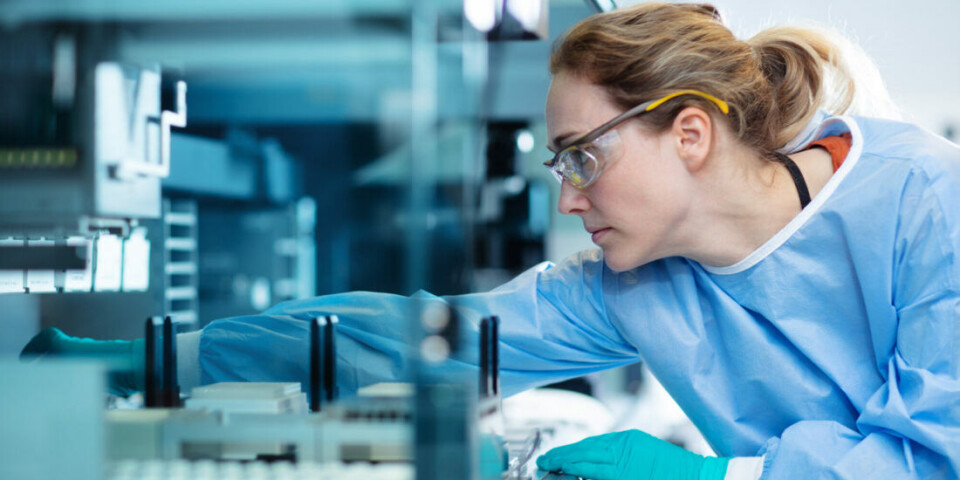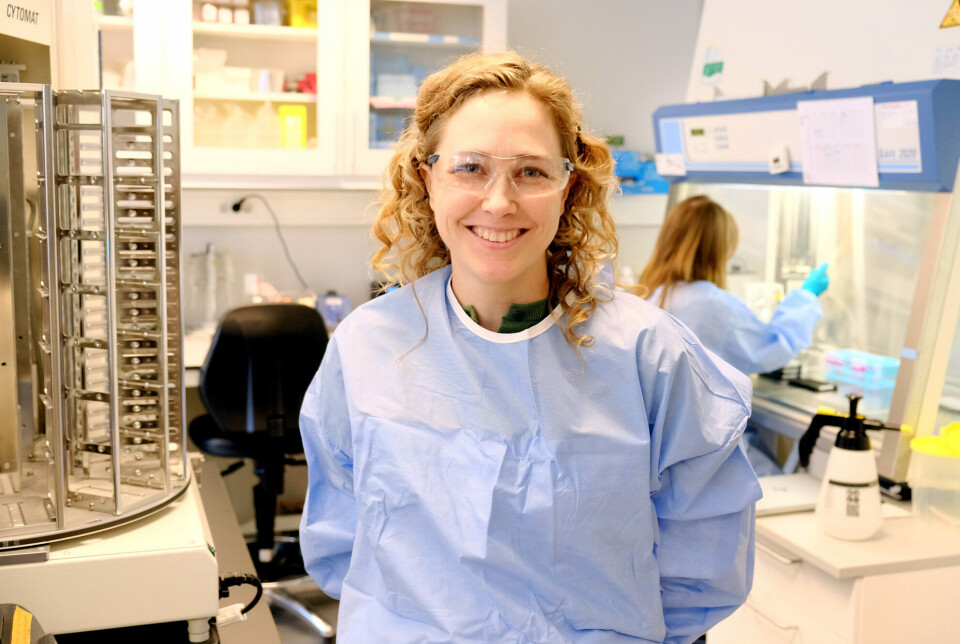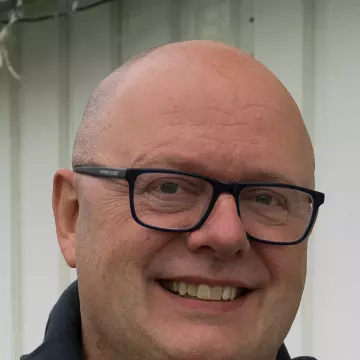THIS CONTENT IS BROUGHT TO YOU BY SINTEF - read more
A robot is helping researchers hunt for the best cancer warriors
Immunotherapy can help cancer patients recover, and researchers are searching for the perfect immune cell.

Today we can program the body’s own cells to find and kill cancer cells, helping individuals who would otherwise only have weeks left to live.
“It works. Immunotherapy is an important form of treatment that can cure cancer once and for all,” says Hanne Haslene-Hox, a senior research scientist at SINTEF.
Unfortunately, the treatment cannot save everyone. Out of 100 patients who receive this treatment for blood cancer, perhaps 40 will recover.
Researchers want to increase that number.
The body’s elite soldiers
Haslene-Hox is talking about targeted, cell-based immunotherapy. In technical terms: CAR T-cell therapy, which uses T-cells. These cells are the body’s elite soldiers and make up an important part of the body’s natural immune system.
“What we do is insert a gene that enables the T-cell to recognise cancer cells and attach to them. That’s what the body needs to recognise that this is a bad guy and we’re going to take it down,” she says.
So far, these cells cannot stop a solid cancer tumour. But they work very well for blood cancer, where the cancer cells move around the body.

Only one chance
Researchers and doctors only have one chance. Patients who receive this treatment have such a short time left to live that if the therapy does not work on the first try, it’s too late to make another attempt.
That’s why what happens to the cells from the time they are collected from the patient’s blood until they are returned to the body is so important.
Researchers still know very little about how the process itself affects the cells. They are not sure what it does to the cells’ ability to survive in the body and carry out their mission.
“The body is incredibly complex, but also very precise. When the body says: we want to produce a huge amount of this cell type, it does it. But we’re standing there with a bowl of cells where we’ve made equal amounts of all different cell types and don’t know which one is the right one,” says Haslene-Hox.
Extensive testing work
What works varies from patient to patient. Researchers can only test a few different ways of producing the cells that will treat a patient.
The laboratory contains hundreds of different additives, combinations, and concentrations to choose from.
“When we collect cells from a patient, we get maybe 100 million cells. Then they're grown in their own flasks,” says Haslene-Hox.
It is usually a manual job: lab workers sit and distribute the cells into flasks and monitor the process.

Robots train the ‘elite soldiers’
The researchers at SINTEF use robots instead. The cells that are usually grown in large flasks can instead be grown in well-like structures – plates with small depressions.
Instead of distributing the cells across 10 flasks, the researchers can distribute the 100 million cells across 1,000 wells. That allows them to test lots of different things in a lot of different combinations.
“No one has done this before. The goal is to find the T-cells that are the best warriors,” says Haslene-Hox.
When so many different things need to be tested at the same time, it simply isn’t possible to do it manually anymore.
The process involves taking samples, looking at each sample under a microscope, and analysing them. A lot of cells are used just for the samples. The job requires too many people and takes too long.
The only thing that works
The robot, on the other hand, can not only distribute the cells across a thousand wells instead of ten flasks. It can also analyse quickly. Then it points out a few promising results, and researchers can concentrate on the ones that are most likely to work.
Then the researchers can give these cells the signal that best tells them there is danger and that many cells need to be made.
“T-cell therapy is extremely effective when it works. But the vast majority of cancer patients don't yet have immune cell therapies available to them. We have to create cell therapies that are optimally equipped to take up the fight against cancer,” says Haslene-Hox.
Collaboration with the Radium Hospital
The effective ingredients that researchers find through the robotic screening can relatively quickly be tested on cell therapies that are currently under development.
The goal is to make these T-cells as well equipped as possible to succeed in treating patients.
“This is new knowledge that can be included in the product development that researchers at the Radium Hospital are already working on. These will then become part of clinical trials with new T-cell therapy,” says the researcher.
More content from SINTEF:
-
Propellers that rotate in opposite directions can be good news for large ships
-
How Svalbard is becoming a living lab for marine restoration
-
New study: Even brand-new apartments in cities can have poor indoor air quality
-
Fresh hope for patients with chronic inflammatory bowel disease
-
Testing a giant ship: May take five kilometres to stop
-
Locomotives that run on diesel can be electrified






































